
In ancient Egypt, cats were worshipped, and the goddess Bastet often depicted in cat form, sometimes taking on the war-like aspect of a lioness. The Greek historian Herodotus reported that killing a cat was forbidden, and when a household cat died, the entire family mourned and shaved their eyebrows. Families took their dead cats to the sacred city of Bubastis, where they were embalmed and buried in sacred repositories. Herodotus expressed astonishment at the domestic cats in Egypt, because he had only ever seen wildcats.
Ancient Greeks and Romans kept weasels as pets, which were seen as the ideal rodent-killers. The earliest unmistakable evidence of the Greeks having domestic cats comes from two coins from Magna Graecia dating to the mid-fifth century BC showing Iokastos and Phalanthos, the legendary founders of Rhegion and Taras respectively, playing with their pet cats. The usual ancient Greek word for 'cat' was ailouros, meaning 'thing with the waving tail'. Cats are rarely mentioned in ancient Greek literature. Aristotle remarked in his History of Animals that "female cats are naturally lecherous." The Greeks later syncretized their own goddess Artemis with the Egyptian goddess Bastet, adopting Bastet's associations with cats and ascribing them to Artemis. In Ovid's Metamorphoses, when the deities flee to Egypt and take animal forms, the goddess Diana turns into a cat.
Cats eventually displaced weasels as the pest control of choice because they were more pleasant to have around the house and were more enthusiastic hunters of mice. During the Middle Ages, many of Artemis's associations with cats were grafted onto the Virgin Mary. Cats are often shown in icons of Annunciation and of the Holy Family and, according to Italian folklore, on the same night that Mary gave birth to Jesus, a cat in Bethlehem gave birth to a kitten. Domestic cats were spread throughout much of the rest of the world during the Age of Discovery, as ships' cats were carried on sailing ships to control shipboard rodents and as good-luck charms.
Several ancient religions believed cats are exalted souls, companions or guides for humans, that are all-knowing but mute so they cannot influence decisions made by humans. In Japan, the maneki neko cat is a symbol of good fortune. In Norse mythology, Freyja, the goddess of love, beauty, and fertility, is depicted as riding a chariot drawn by cats.[213] In Jewish legend, the first cat was living in the house of the first man Adam as a pet that got rid of mice. The cat was once partnering with the first dog before the latter broke an oath they had made which resulted in enmity between the descendants of these two animals. It is also written that neither cats nor foxes are represented in the water, while every other animal has an incarnation species in the water. Although no species are sacred in Islam, cats are revered by Muslims. Some Western writers have stated Muhammad had a favorite cat, Muezza. He is reported to have loved cats so much, "he would do without his cloak rather than disturb one that was sleeping on it". The story has no origin in early Muslim writers, and seems to confuse a story of a later Sufi saint, Ahmed ar-Rifa'i, centuries after Muhammad. One of the companions of Muhammad was known as Abu Hurayrah ("father of the kitten"), in reference to his documented affection to cats.
